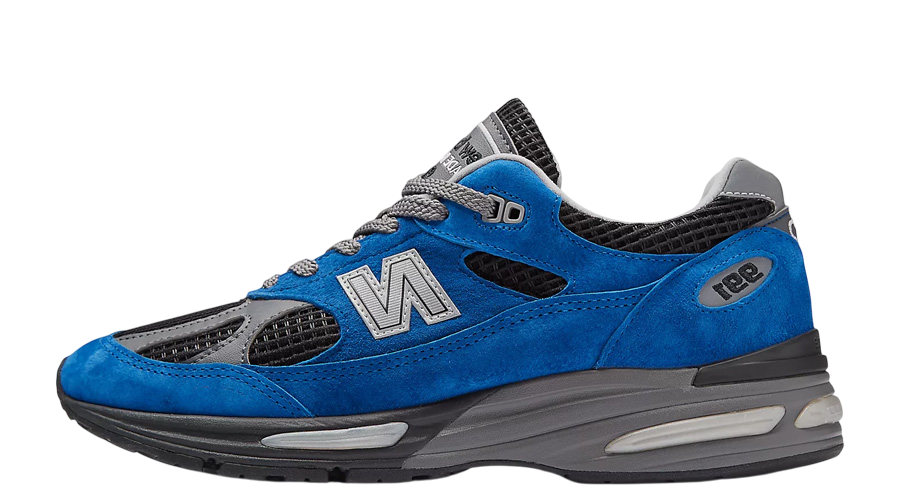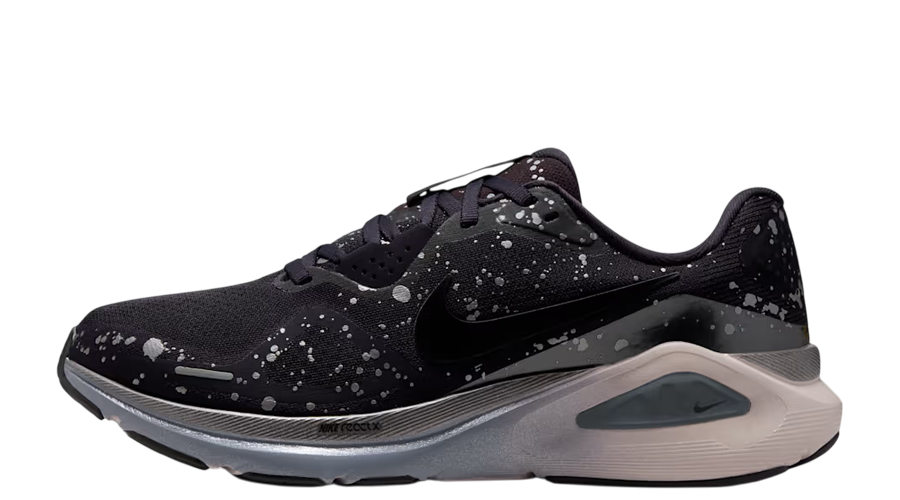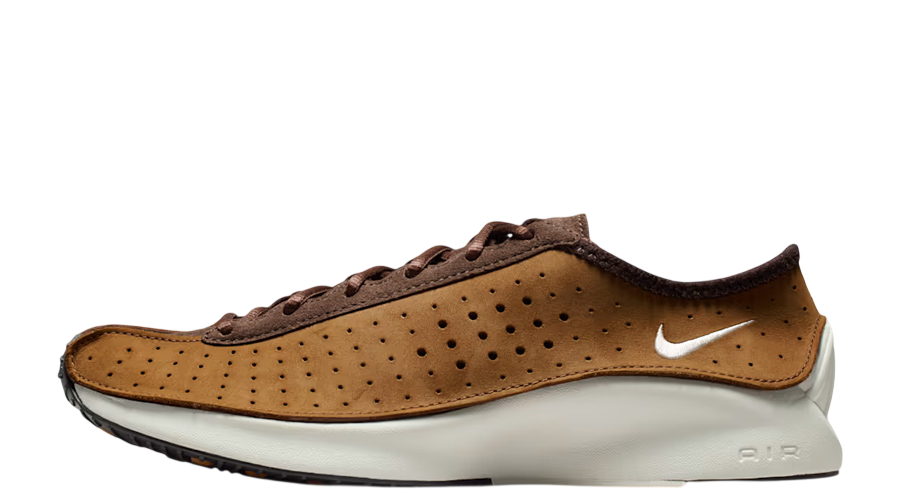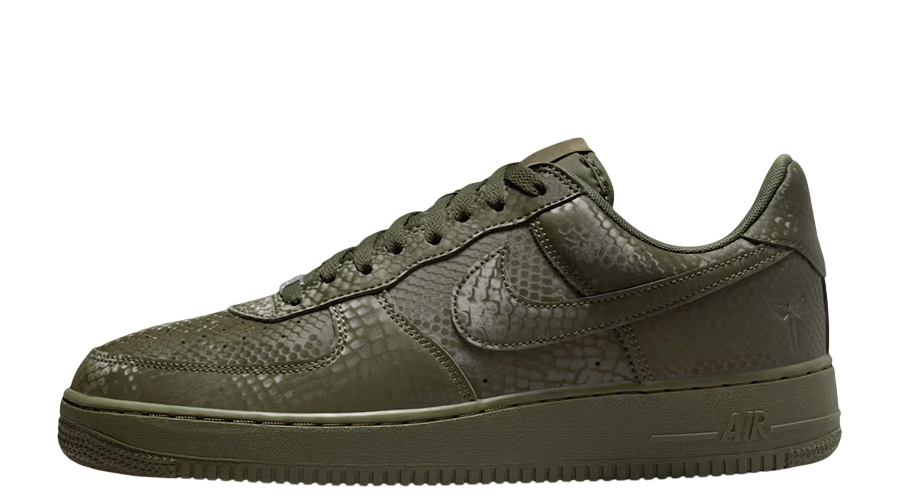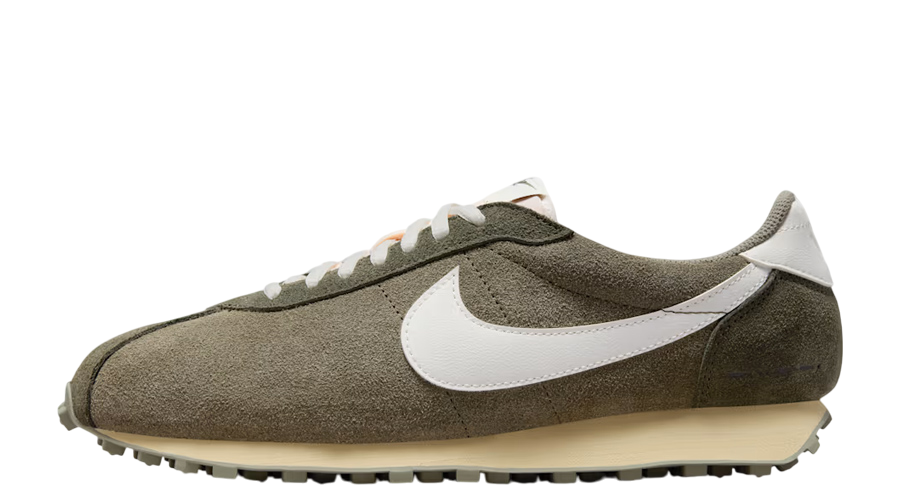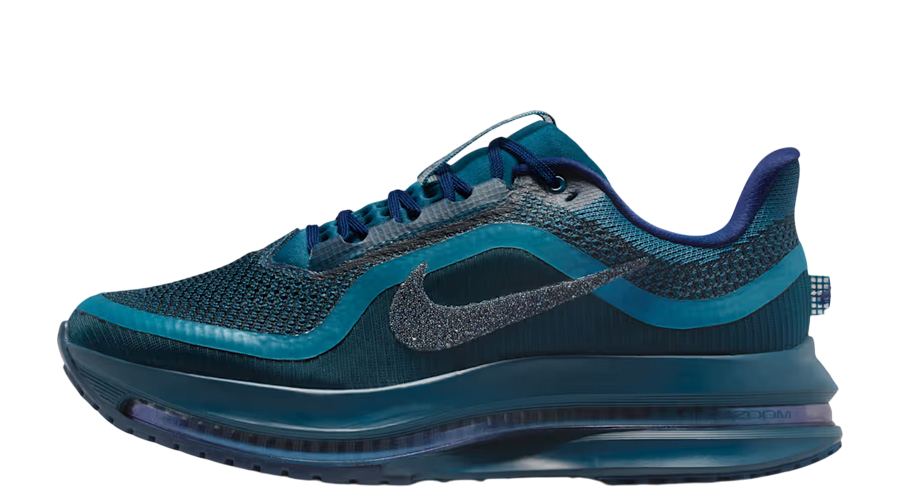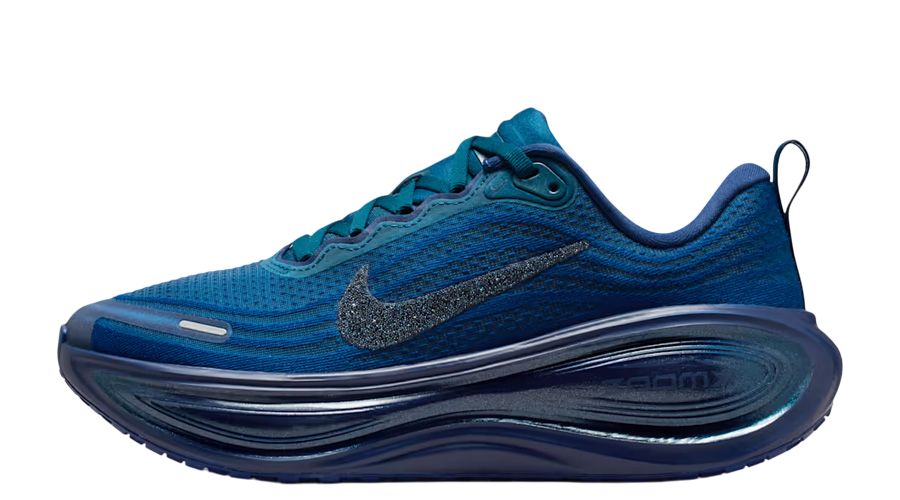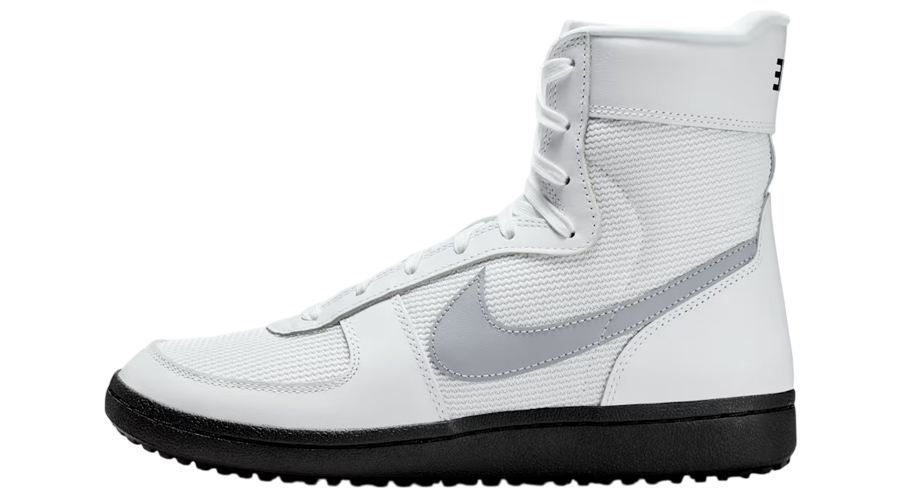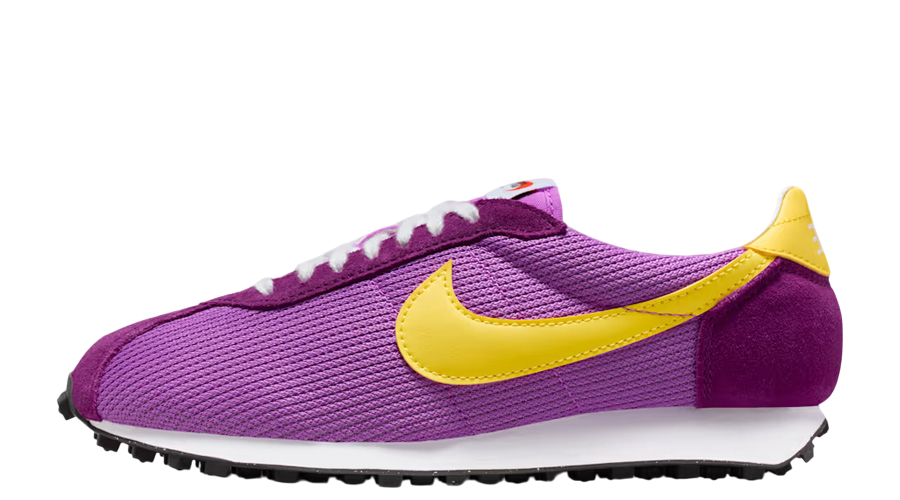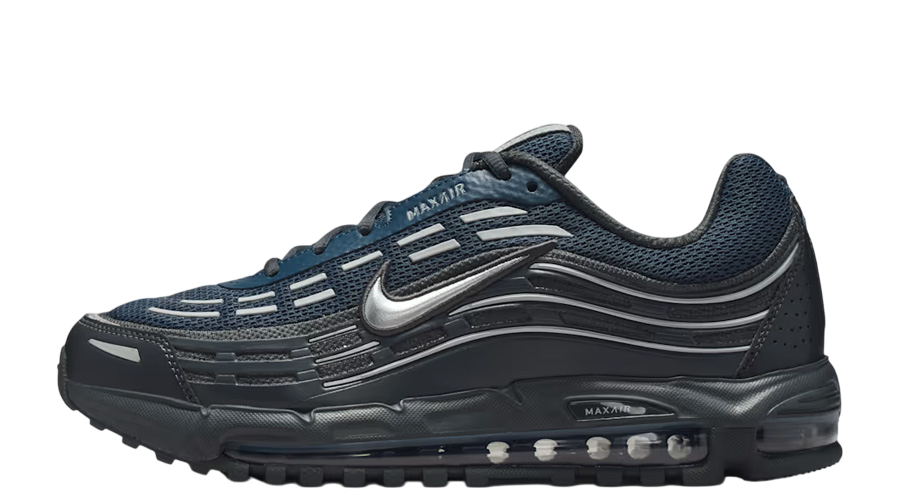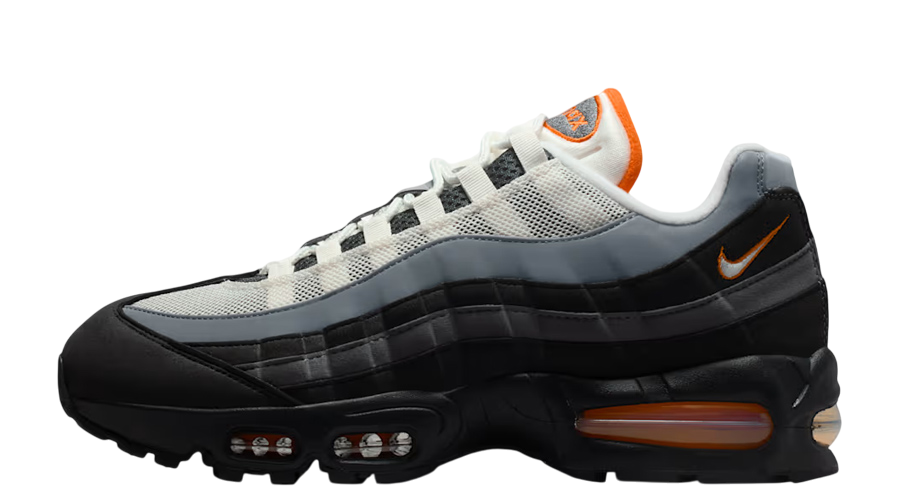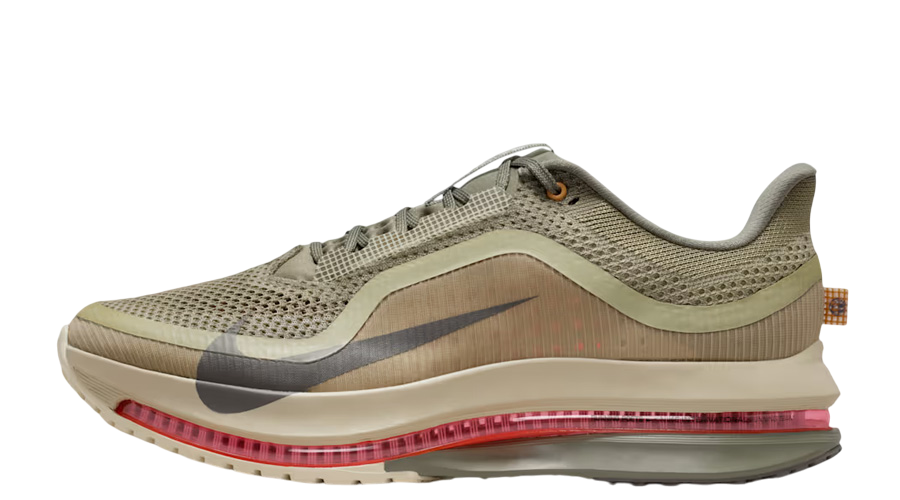When Should You Replace Your Sneakers?
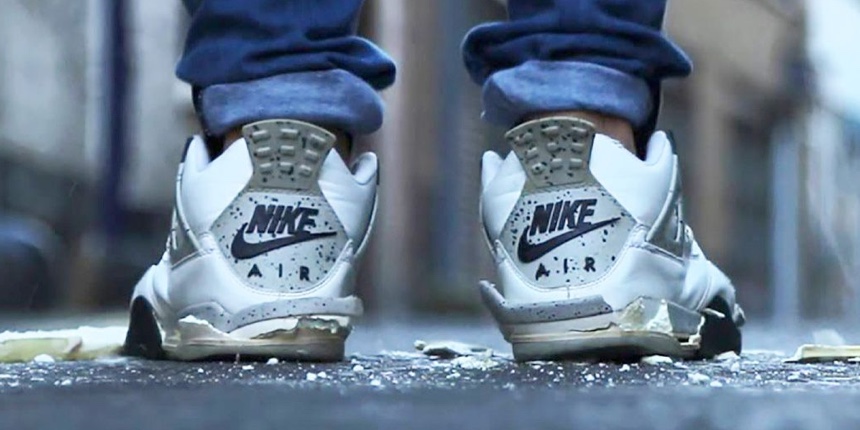
Sneakers are more than just a trendy accessory; they play a crucial role in your daily comfort and physical activities. And while knowing when to replace them is key, it’s not always clear. In fact, even if your trainers still feel extremely comfy, they may no longer provide the support that you physically need.
In this comprehensive guide by Captain Creps, we will take you through everything that you need to know about the lifespan of your shoes. Whether they’re from Nike or New Balance, we’ll ensure you always have the best support and protection for your feet. You’ll get practical, easy-to-follow advice to help you decide when it’s time to update your rotation, enhancing your comfort and preventing injuries. So, stay with us to learn when it’s best to swap your old sneakers for new ones!
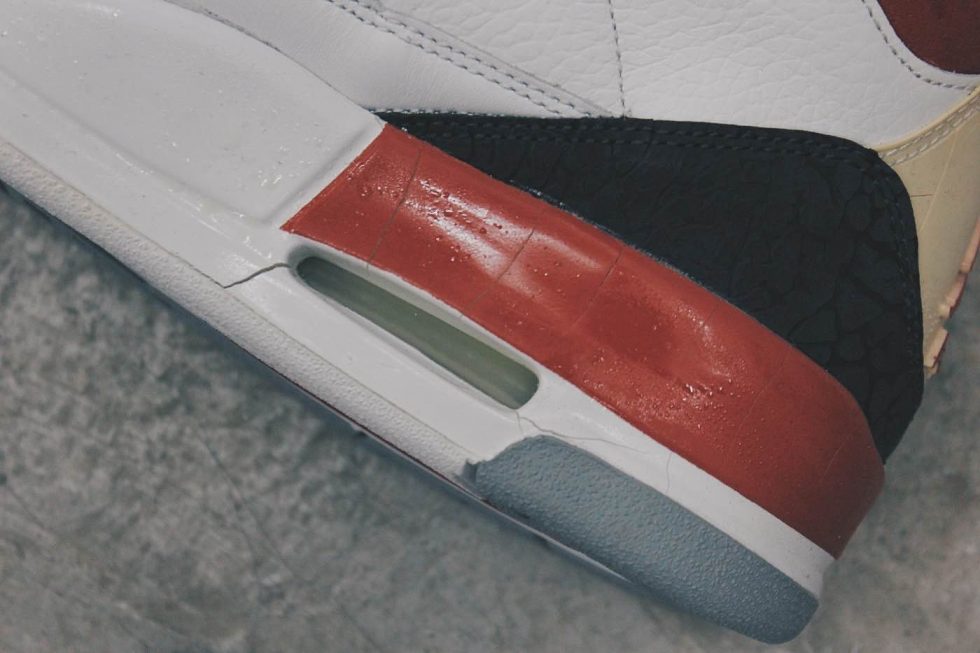
What Makes a Great Sneaker Exactly?
Understanding what makes a quality sneaker is essential as you consider the lifecycle of your footwear. A well-made shoe is characterised by superior materials, thoughtful design, enduring comfort, and cutting-edge technology. These elements ensure that it performs well and supports your activities effectively.
Materials: High-quality materials are crucial for the durability of sneakers. Premium leathers, advanced synthetics, and breathable meshes are typically used in superior shoes, designed to endure significant wear and maintain their integrity over time.
Design: Effective design goes beyond aesthetics; it ensures that the footwear supports the natural movement of the foot, providing stability and comfort. This includes ergonomic features that align with the contours of the foot and adapt to different activities, whether it’s sports or casual wear.
Comfort: Continuous comfort is a hallmark of a great trainer, achieved through features like padded insoles, supportive midsoles, and flexible outsoles. These components work together to cushion the foot and reduce fatigue, making the shoe suitable for extended wear.
Innovations: The inclusion of advanced technologies in sneakers can enhance performance and user experience. Innovations such as shock absorption systems, motion control mechanisms, and moisture-wicking linings help improve the functionality of the shoe and adapt to varying environmental conditions.
Signs You Need To Replace Your Sneakers
Recognising when to replace your sneakers is key to maintaining both comfort and performance. Here are some indicators that it’s time to invest in a new pair, each linking back to the fundamental qualities of a great shoe such as durability, comfort, and proper design.
Worn Out Treads
A clear sign that your sneakers need replacing is noticeable wear on the treads. If the treads are significantly worn down, leaving flat areas where there was once texture for grip, it means the shoes no longer provide the necessary traction for safe and effective movement.
Outer Sole is Worn Out
Check the overall condition of the outer sole. If you see that it’s smoothed over, especially in high-impact areas like the heel or ball of the foot, this indicates a serious reduction in the shoe’s ability to absorb shock and cushion your steps effectively.
Noticeable Wear on the Sole
Besides the treads and outer sole, look for other signs of deterioration on the sole. If it’s starting to peel away from the upper or shows holes, it’s definitely time for a new pair.
Discomfort While Wearing
A key feature of a quality sneaker is sustained comfort. If your shoes start causing you discomfort, leading to foot fatigue or pain during or after wearing, this suggests that the cushioning has degraded and is no longer performing as it should.
Diminished Support and Cushioning
As sneakers age, their midsoles, which are crucial for shock absorption, can become less responsive. This diminished support and cushioning can lead to discomfort and increase the risk of injuries during physical activities.
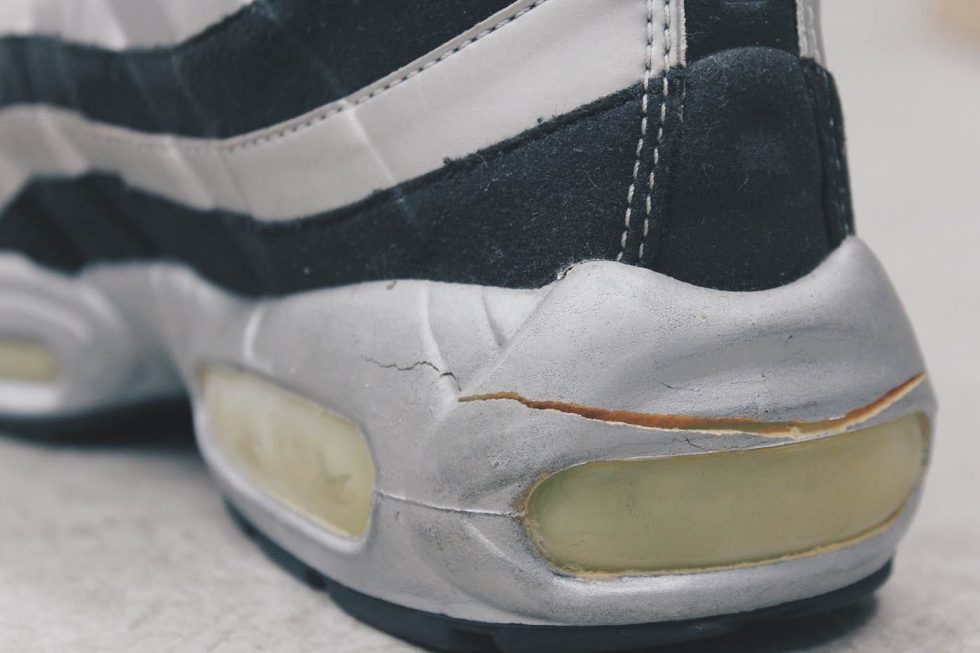
How Long Do Sneakers Last?
The lifespan of your sneakers varies greatly depending on their use. While running, walking, and gym activities are common, pairs used for other specific activities also have varied durability. Here’s how long shoes typically last based on different types of usage.
- Running sneakers: Generally, running shoes should be replaced every 500 to 800 kilometres. This is because the pounding they take from the ground significantly compresses and wears down the cushioning and support.
- Walking sneakers: Walking shoes can last a bit longer, around 800 to 1,000 kilometres. The impact on walking shoes is less severe than running shoes, allowing for a longer lifespan.
- Gym sneakers: Shoes used in the gym, especially for weightlifting or indoor courts, often see different types of wear due to lateral movements and less ground impact. These might need replacing less frequently based on the sole wear but more frequently if the support structures weaken.
- Hiking sneakers: Hiking footwear needs to withstand rugged environments and thus are built for durability. However, they should be monitored for tread wear and water resistance effectiveness, usually lasting anywhere from 500 to 1,000 kilometres of hiking, depending on the terrain.
- Tennis sneakers: The constant lateral movements and quick changes of direction in tennis cause shoes to wear out in specific areas like the toe and ball of the foot. They generally need replacing every six months for regular players.
Why Do My Sneakers Wear Our Faster Than Others?
It’s common to wonder why some sneakers wear out faster than others. Several factors influence the durability and lifespan of your footwear:
- Material quality: The quality of the materials used in your sneakers is crucial. Higher quality materials generally last longer, while cheaper materials might degrade more quickly under similar conditions.
- Usage frequency: How often you wear your sneakers greatly affects their longevity. Daily wear, particularly under strenuous conditions such as running or hiking, accelerates wear compared to occasional use.
- Weight and gait: Your body weight and the way you walk or run also impact how quickly your sneakers wear out. Heavier individuals might notice faster wear due to more stress being placed on the shoes. Also, unique gait patterns, such as overpronation or supination, can place additional stress on certain parts of the shoe.
- Type of activity: The specific activities you engage in while wearing your sneakers can lead to quicker degradation. Sports involving a lot of quick stops, starts, and lateral movements, like tennis or basketball, generally cause more rapid wear than more linear activities like jogging.
- Mismatched usage: Using sneakers for activities they weren’t designed for can lead to premature wear. For example, running shoes worn for aggressive court sports may not offer the necessary lateral support, leading to quicker breakdown.
- Surface types: The types of surfaces on which you frequently walk or run also affect how quickly your sneakers wear out. Rough terrains like rocky trails will wear down sneakers faster than smooth, soft surfaces like gym floors or running tracks.
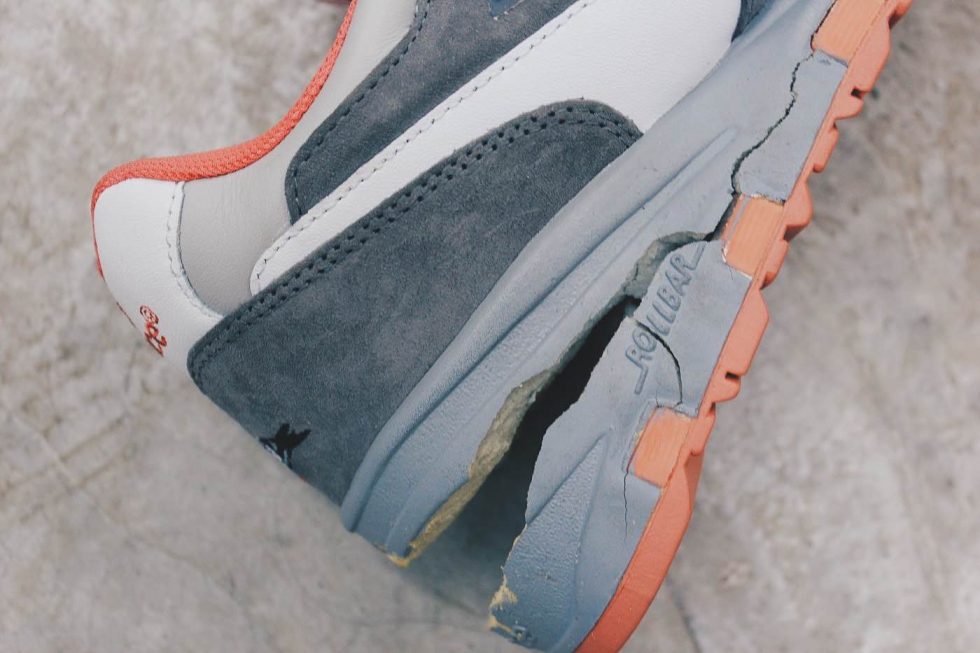
How Do You Make Your Sneakers Last Longer?
Proper care can significantly extend the life of your sneakers, allowing you to get the most out of them within their natural wear cycle. Here are practical tips on how to preserve your shoes:
- Proper cleaning techniques: Regular cleaning keeps shoes in optimal condition. Remove dirt and debris after each use using a soft brush or cloth. For deeper cleans, use a mild soap and water solution, but avoid harsh chemicals that can degrade materials.
- Ideal storage conditions: Store your sneakers in a cool, dry place away from direct sunlight, which can fade colors and weaken materials over time. Use shoe trees or stuff them with newspaper to help maintain their shape when not in use.
- Rotating shoes: If possible, rotate between multiple pairs of sneakers. This prevents excessive wear on any single pair and allows them time to air out and recover their shape between uses.
Frequently Asked Questions
Does wearing the wrong size affect the lifespan of sneakers?
Yes, wearing sneakers that are too small or too large can cause uneven wear and tear, reducing their overall lifespan.
How can I extend the lifespan of my sneakers?
Regular cleaning, storing them in a cool, dry place, and rotating your footwear can significantly extend the life of your sneakers.
Can I just replace the insoles to extend the life of my sneakers?
Replacing insoles can improve comfort and support temporarily, but it does not compensate for overall wear on the outer sole and midsole. It’s a temporary solution if the rest of the shoe is still in good condition.
